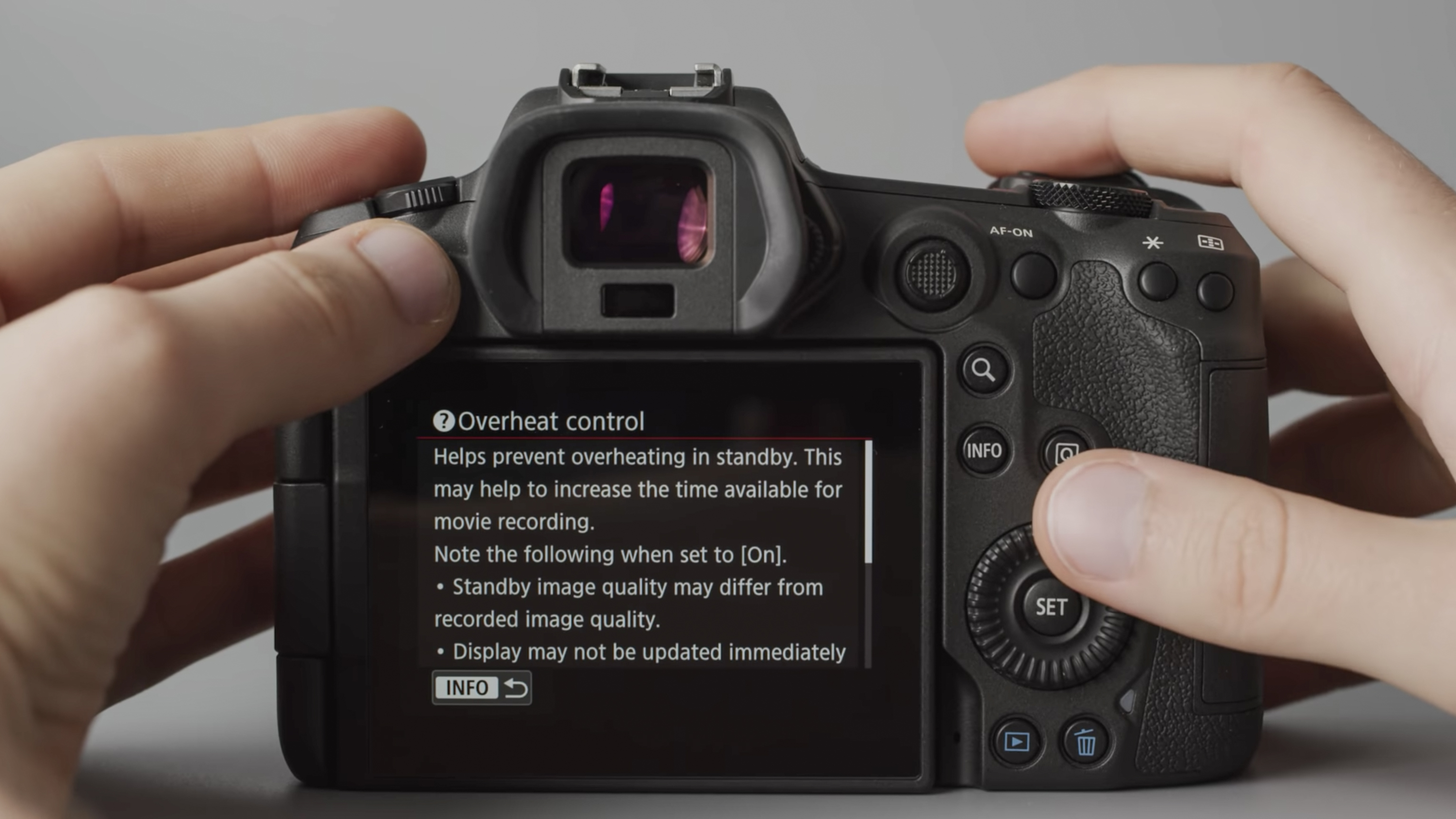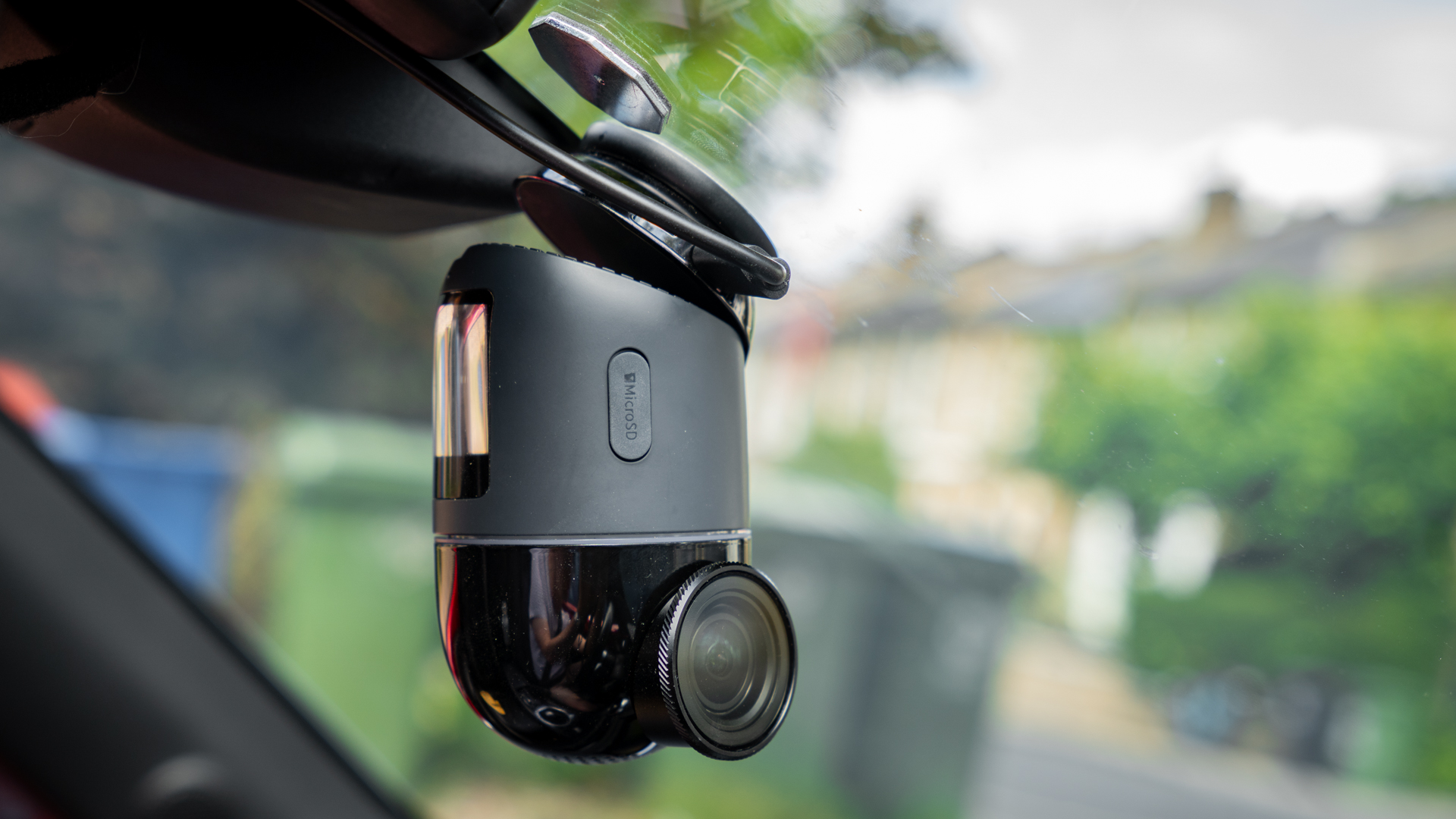The Canon EOS R5 overheats when shooting 8K… AND when shooting 4K
Canon confirms that overheating imposes recording limits not just on 8K, but 4K video as well – including 4K 30p

We already knew that the new Canon EOS R5 is limited by overheating in its 8K video mode. However, Canon has confirmed that overheating also affects the recording durations when filming 4K video – all the way down to 4K 30p.
The manufacturer was very up-front about the overheating limits in 8K video, and we know that the Canon EOS R5 will record about 20 minutes of 8K before it needs to shut down.
The limits imposed by overheating were made less clear when it came to other recording modes, however, and they are coming as a bit of a shock to many consumers who were expecting – albeit unrealistically – that things like 4K 120fps would not cause the camera to heat up.
Professional camera specialist CVP was briefed by Canon on the recording limits of each video mode caused by overheating. This was explained in CVP's detailed breakdown of the R5 specs, and Canon followed up by providing further information to the company's tech advisor, Jake Ratcliffe.
The recording limitations are as follows:
| Movie recording size / format | Max recording at 23°C (73.4F) |
|---|---|
| 8K RAW 30p | 20 minutes |
| 8K 30p | 20 minutes |
| 4K 120p | 15 minutes |
| 4K 60p (uncropped) | 35 minutes (29m59s + second 5m video) |
| 4K 60p (cropped) 5.1K oversampling | 25 minutes |
| 4K 30p high quality 8.2K oversampling | 30 minutes |
| 4K 30p | Not limited by heat |
So, what actually happens when the R5 overheats? The camera shuts off and requires a cooldown period before it can resume shooting video. CVP's breakdown detailed the amount of 'recovery time' required once the camera has overheated, and the amount of recording that is possible afterwards:
| Movie recording size | Recording format standby time (power off) | Recordable time (max / approx) |
|---|---|---|
| 8K 30p | 10 minutes | 3 minutes |
| Row 1 - Cell 0 | 20 minutes | 8 minutes |
| 4K 60p (uncropped) | 10 minutes | 10 minutes |
So, to take the top example, if you shoot an 8K 30p video for 20 minutes the camera will overheat and shut down. If you leave the camera turned off for 10 minutes, you will be able to turn it back on and shoot a further 3 minutes of video; obviously, if you leave it turned off for longer (and thus allow the camera to cool more), you will be able to shoot more video.
The best camera deals, reviews, product advice, and unmissable photography news, direct to your inbox!
Some may view these limitations as a bit of a sting in the tail, and some critics are suggesting that Canon mis-sold the R5's capabilities – even going as far as to say that these limitations mean it is not a professional-grade camera.
Of course, Canon was clear from the beginning that the EOS R5 is intended to be a secondary camera that would pair in a professional environment with the Canon EOS C300 Mark III cinema camera. And indeed, as a B camera, these limitations really aren't a deal-breaker; 20-minute takes are rare for primary (A) cameras, and changing set-ups often takes more than 10 or 20 minutes.
Still, the important thing is that this information is out there and available prior to the camera's actual release – which is more than could be said for other manufacturers, who said nothing of the 4K overheating issues in their own cameras until they were literally shutting down in the hands of reviewers…
Pre-order the Canon EOS R5 from B&H (USA)
Pre-order the Canon EOS R5 from Adorama (USA)
Pre-order the Canon EOS R5 from Park Cameras (UK)
Pre-order the Canon EOS R5 from Wex Photo Video (UK)
Pre-order the Canon EOS R5 from Canon Australia
Read more:
Canon EOS R5 review
Canon EOS R6 review
The best 4K camera for filmmaking for photographers, vloggers, pros

James has 25 years experience as a journalist, serving as the head of Digital Camera World for 7 of them. He started working in the photography industry in 2014, product testing and shooting ad campaigns for Olympus, as well as clients like Aston Martin Racing, Elinchrom and L'Oréal. An Olympus / OM System, Canon and Hasselblad shooter, he has a wealth of knowledge on cameras of all makes – and he loves instant cameras, too.
